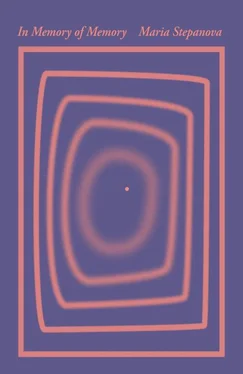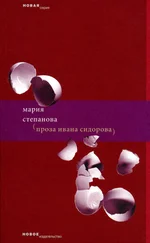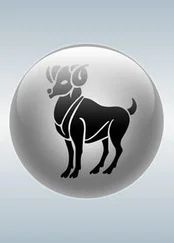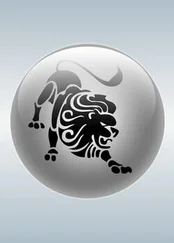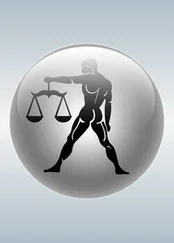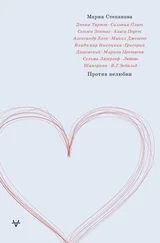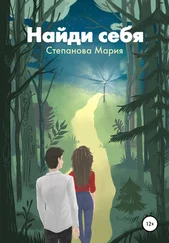*
I couldn’t get to sleep on the first night I spent in Kherson. The night was streaked with early morning light, the remote pools of yellow streetlamps dimmed, but the dogs never once stopped their noise, the whole district rang out with the deep bass of their barks, passing between one dog and the next. Then the cockerels began their crowing. From my lace-framed window I could see lonely roofs and boarded fences stretching to the horizon. My great-great-grandfather’s factory was next to the station and the yellow building hadn’t changed in a century: it was built in 1907 right on the edge of the steppe. That year there were huge celebrations to mark the arrival of the railway, with an orchestra playing. The new railway meant you could get to nearby Nikolaev in only two hours, and a third-class ticket to Odessa cost just over seven rubles — a first-class ticket cost an impossible eighteen rubles fifty kopecks. A strange and frustratingly vague account describes Isaak Gurevich in the crowds on the square as the “gentleman in a black frock coat standing by the only car of the English ‘Vauxhall’ make in the whole area.” The gentleman is offering the train driver a cigarette from his golden cigarette case.
We got off the train from Odessa at midday, when the leatherette of the train seats was beginning to stick to the thighs, and the white steppe was tired of loping alongside the train. The town was deserted; it was just because of the midday heat, but it felt terrifying, like the whole town had been left in 1919 just as it was, and the newer concrete buildings were simply the scar tissue that had grown over the burned flesh. In the town center, where Suvorov Street and Potemkin Street crossed, stood the family’s former house, the “House with Atlases” as the guidebook called it, although it mentioned neither Isaak, nor his heir, Vladimir. I began my research at the town archives, where I was treated with great kindness, and given access to a wealth of material.
Our predecessor, Isaak Gurevich, seems to have come to Kherson from the Urals, where few Jews had ever lived — he was described as a “Chelyabinsk merchant” until at least 1905 in the town’s documents. There were heaps of papers documenting his many and various occupations: steel and iron foundries; machine building works; all managed with a very steady hand. The machinery in the workshops cost around a hundred thousand rubles; production increased incrementally. He fought a legal battle with someone over a patch of land on the edge of town and then built another factory on this land. I was brought the blueprint of the buildings, white lines on a storm-cloud blue paper. The table at the archive wasn’t large enough for us to unfold the plans — they hung over the edges. The archive also held lists of Gurevich correspondence, probably mostly written by his secretary; in vain I listened out for the tone of his voice in the dictated letters, “I urgently need money right now, and I have the honor of asking you to transfer the requested amount if possible.” But his signature was real , and I followed it across the page with my fingernail when no one was watching.
I really wanted to know only one thing: when he had died and how. I’d amassed a few scraps of half-plausible information from various websites, including an article with the following anecdote: in his old age the former factory owner Gurevich, sitting in the warm sun, said laughingly that he remembered the war and the revolution, but he couldn’t recall making a present of his factory to the Communist Petrovsky. I tried to imagine what was meant by this “warm sun”: a park bench of pensioners and pigeons at their feet? That seemed profoundly unlikely. The article gave no clues. I wrote to the author, but never received a reply. In the period from 1917 to 1920 there were about twenty changes of power in Kherson: the Bolsheviks, then the Austrians, the Greeks, Grigoriev’s army, and then the Red Army again, who immediately took hostages from among the wealthier citizens and demanded payment. No one had any money left by then and lists of the executed appeared in the newspapers. The last information I found was just before my visit to Kherson, in the minutes of a factory board meeting from February 28, 1918:
we heard a report on the transfer of the factory to the management of the workers. We decreed that the factory must be taken out of the private ownership of Gurevich immediately, along with all the assets: buildings, stock, raw materials, and manufactured products transferred to the workers. No decisions will be taken on the nationalization, socialization, or municipalization of the factory until this matter is decided by central government.
*
Before transferring the factory to the workers in February 1918 the factory board made it clear to the owner that he was to blame for the factory stopping production after the revolution, when there was neither money nor raw materials to be had.
1. It is determined that Gurevich, rather than the workers, is more to blame for the lack of working materials.
2. The materials may be obtained by the workers, if not now, then in the near future.
3. In firing workers Gurevich sought to rid the factory of elements unfavorable to him.
The united board demands:
1. That without permission from the board no worker shall be fired.
2. All the workers must receive full pay until the resumption of normal activity.
The sequence of subsequent events is hard to reconstruct. Life in the town was in constant flux, time was measured by a new calendar. The factory fell silent. The merchants, landowners, homeowners, landlords, and self-employed had until February 23 to gather 23 million rubles for the Red Army, and those who didn’t pay were arrested. And yet the pianist Mogilevsky gave a series of successful piano concerts — he played Scriabin, with the intention of giving the public an understanding “of his last masterpieces.” Outside the concert hall the anarchists were having a street battle with the police and the trees in the park were being chopped down for firewood.
When the Austrian army entered the town, they restored a flimsy semblance of order. Local government was conducted in Ukrainian; the weather got warmer and the townspeople played football and lawn tennis at the sports ground. They opened a conscription office for Denikin’s Army for “officers, landowners and students.” A head of local government, Boris Bonch-Osmolovsky, was elected, and died of typhus in 1920. They held a charity day in Kherson to raise money for those suffering from TB, and set up an Esperanto Club. This was at the same time as bands of peasants moved across the steppe, murdering landowners and attacking Jewish communities. In July a local newspaper announced that the “The Gurevich agricultural machinery factory has resumed production after a deal was struck between the owner Gurevich, the local authorities and the Austro-Hungarian army.”
And that is all. News of arrests, burglaries, and deaths are woven together with football matches and charity bazaars in the newspapers, much as they are in real life . For a while the town resembled the sun-warmed seaside shallows: masses of brightly colored crowds from Moscow and St. Petersburg passed through, drawn along by an invisible current. There was a popular series of lectures in the town on the theme of “Theater and the Scaffold.” Spanish flu replaced typhus. On December 11 the Austro-Hungarian army left Kherson. It was then occupied by volunteer armies, Petlyura’s Ukrainian army, Grigoriev’s army again, Greeks and French, Red Army, White Army, Red Army… Sometimes the bodies of the executed were returned to their families. At the beginning they were even given proper funerals.
Читать дальше
